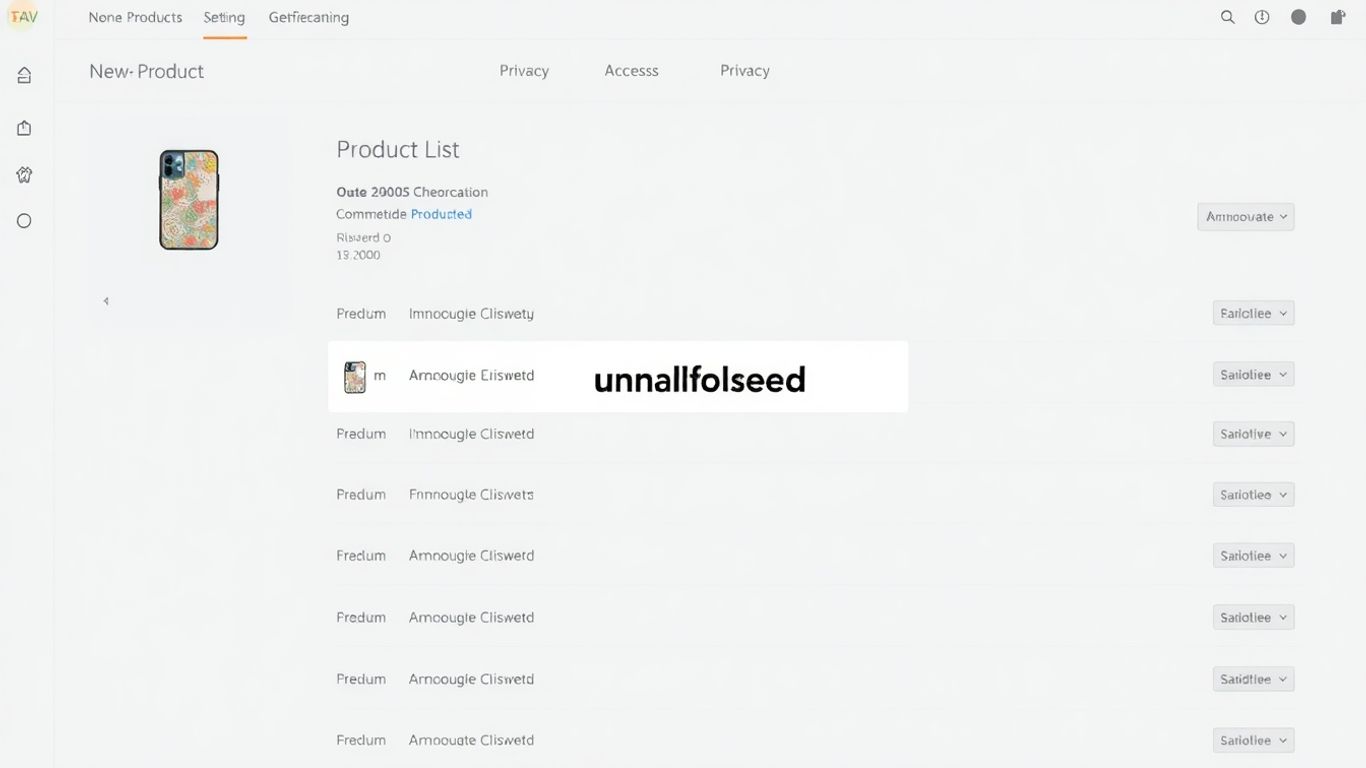Shopify has introduced a new product status feature called "Unlisted." This innovative status allows merchants to hide products from general visibility across their online stores, search engines, and sales channels, while still maintaining direct access through a unique URL. This move aims to provide greater flexibility and control over product visibility for specific sales strategies.
Key Takeaways
- New "Unlisted" product status available on Shopify.
- Products are hidden from store search, collections, sales channels, and internet searches.
- Direct URL access to unlisted products remains possible.
- Ideal for private sales, warranties, add-ons, and promotional items.
What is the 'Unlisted' Product Status?
The "Unlisted" status is designed to give Shopify merchants more granular control over how their products are presented and accessed. When a product is set to unlisted, it effectively disappears from public view. This means it won't appear in customer-facing searches within the store, nor will it be included in curated collections. Furthermore, these products will not be discoverable through general internet searches or listed in the Shopify Catalog.
Benefits for Merchants
This new feature offers several strategic advantages for businesses operating on Shopify. It is particularly useful for:
- Private Sales: Conduct exclusive sales for select customers without making the products broadly available.
- Warranty Items: Offer replacement parts or warranty-specific items that should only be accessible to customers with a valid claim.
- Add-on Products: Provide complementary items that are meant to be purchased alongside a primary product, preventing them from being bought independently or out of context.
- "Free Gift with Purchase" Promotions: Ensure that promotional gifts are only distributed as intended and not sought out or purchased separately.
By allowing direct access via a URL, merchants can still share these products discreetly with specific individuals or groups, maintaining a level of exclusivity while ensuring the product is available when needed for its intended purpose. This distinction helps prevent unintended purchases or misuse of products designed for specific scenarios.

